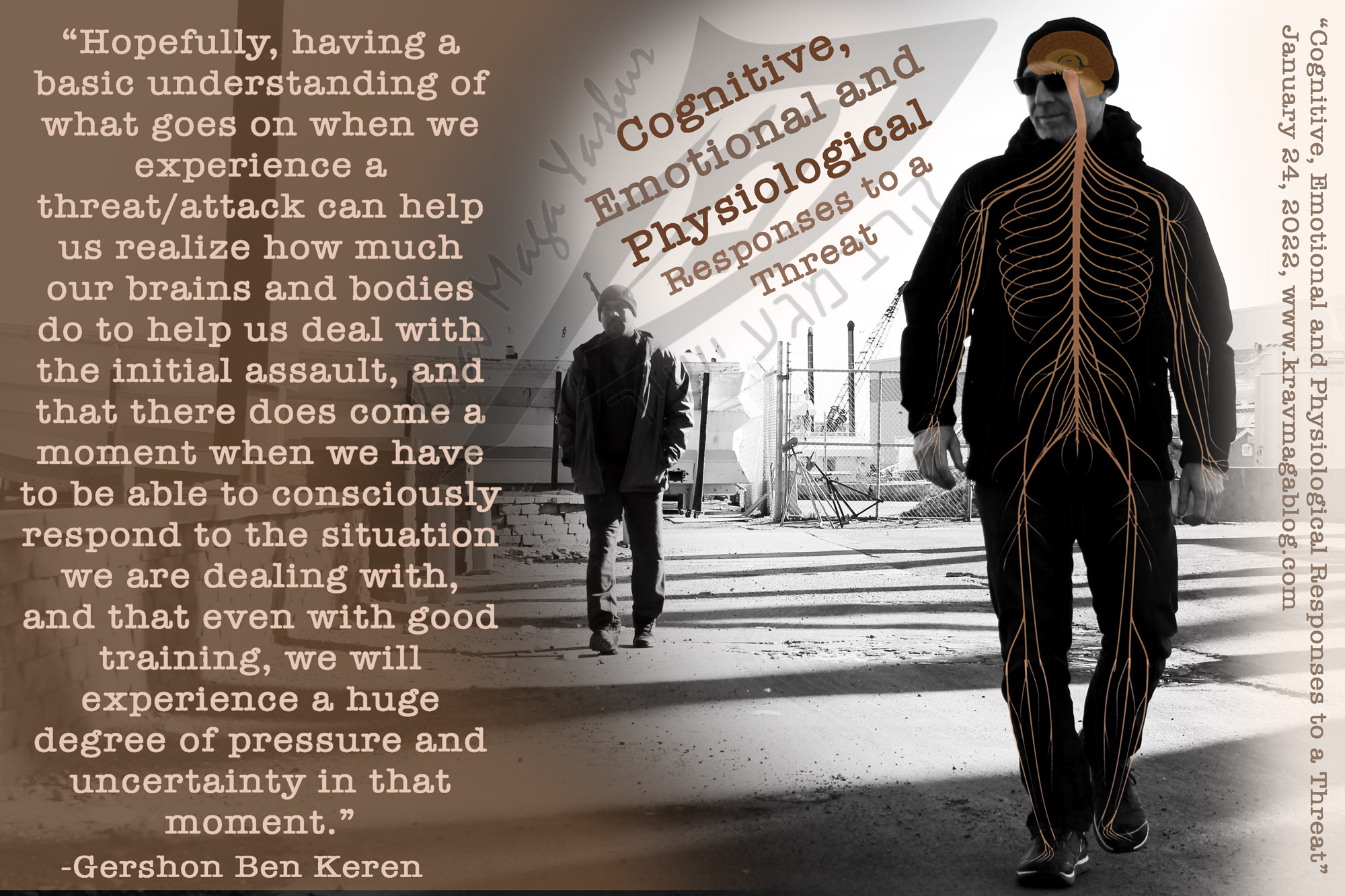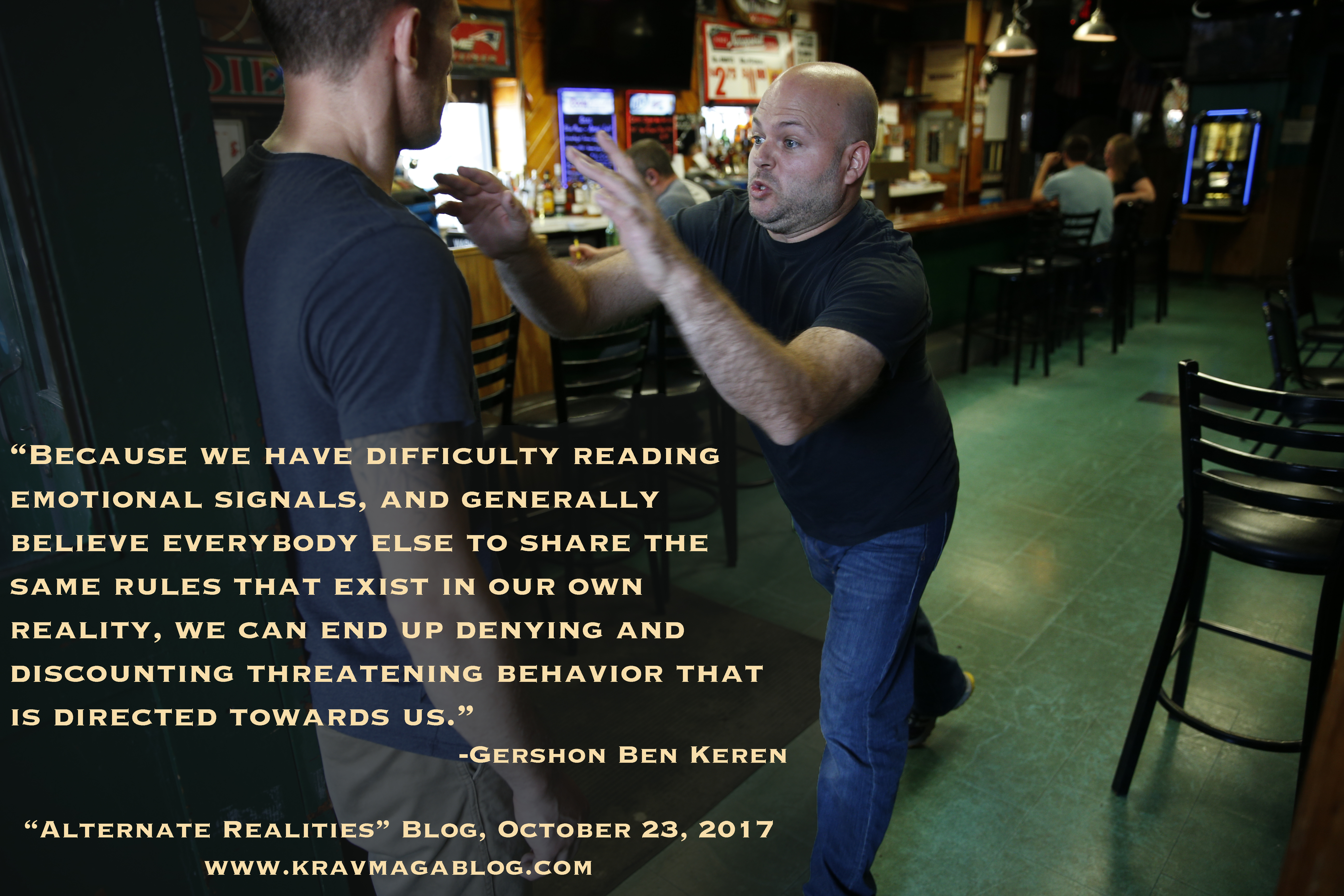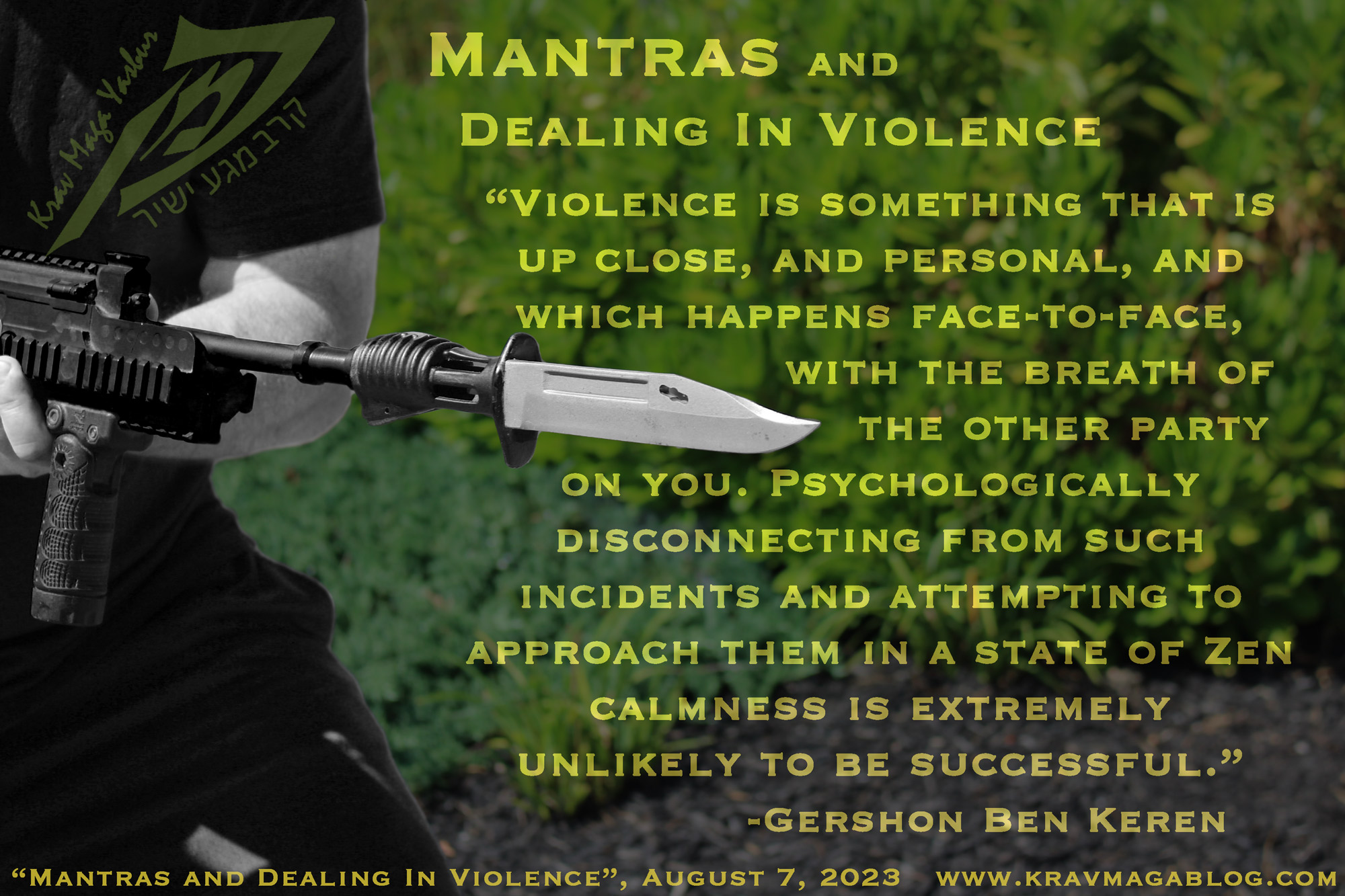Protecting Fingers, is an article written by Gershon Ben Keren, a 5th Degree Black Belt in Krav Maga, who teaches Krav Maga in Boston, MA. He has also authored three Amazon best-Selling Books on Krav Maga.
Fingers need to be protected. I’ve had fingers broken, tendons ripped etc. and when this happens, it becomes difficult to punch, grab and even block successfully. I see fingers as one of our weak points, and they’ve always been a target for me; if an aggressor’s fingers are splayed, and their hands are available, then they’re something I’ll grab – forcefully bending them back gives you one of the simplest and easiest wrist locks/controls you’ll ever get. When you understand this vulnerability, you’ll want to protect them, and it’s one of the reasons why you’ll want to keep them close together when you’re making blocks i.e. a punch, stab, or slash that connects with open fingers, could see your hand being disabled, which will rapidly reduce your survival chances. If you are caught completely by surprise, then positioning them together may not be possible, however this is why you train to predict and identify violence before it happens – fortunately the natural position of the hand keeps them from splaying out too much.
When somebody throws a punch at you, they will do so with as much power as they can muster. If their strike was to connect with your hand rather than your forearm – as you made your block - which is a distinct possibility, in a real-life, dynamic confrontation, as well as not stopping the punch, it is likely that your fingers if loose, or splayed would get injured. By tensing the hand, and forearm at the moment of impact, the blocking structure of the hand and forearm, will have structure and integrity; and the fingers will be protected. Making this isometric contraction, at the end of an isotonic movement, will give the block a “snap” that will in fact turn it into a strike. It is useful to think of all our blocks as being strikes aimed at whatever attack they are intercepting. Just as you wouldn’t want your hand/fist to be loose when you punch, neither should you want your hand to be loose with fingers splayed out, when you make your block, because if you were to misjudge it, you could end up striking the attacker’s arm or fist etc. with a structure that would crumble on impact.
Many traditional martial arts will block with the hand clenched in a fist. One benefit of this is that it protects the fingers, however a disadvantage of blocking this way, is that it shortens the blocking surface i.e. you lose a couple of inches in length. By tensing the fingers and the hand at the extension of the block – and for a 360 defense, this should see your forearm at a 90-degree angle, to the upper arm – the hand should have enough integrity, when it is coupled with a body movement away from the strike, to still offer adequate protection. With such blocks, you should be aiming to use the forearm, not the hand, however when caught by surprise it is not always possible to do what we should do, and so we should be prepared for such eventualities.
A common mistake I see with beginners when making 360 blocks, is to “chop” their arm out at the elbow, rather than driving their forearm out from the body. A quick remedy to this, is to use wrist rotation. Imagine you are standing in a “Fighting Stance” with your guard up i.e. your forearms held vertically etc. and someone swings in a right haymaker, towards your head. Rather than attempting to reach for the attacking arm, by making a chopping motion, rotate the wrist, so that the hand that was facing inwards, is now facing your attacker; as you do this move the forearm towards the attacker’s punching arm, timing your impact, so that you deliver it as a strike. At the moment of impact/interception, tighten the fingers of the hand, so that you have the longest and most rigid block possible, once the strike has been stopped, the arm can be relaxed. If your block lacks integrity, then anything you might be trying to do either simultaneously (such as striking with the other arm), or afterwards can be forgotten, because you will have been punched, stabbed or slashed etc. If the attack caught your hand, and the fingers were splayed, they may have suffered a hyper-extension that may make them inoperable.
Your hands are perhaps your most important tool when it comes to fighting, and if they become damaged and injured in a fight, you will be at a serious disadvantage. Yes, there may be times, when our block is simply a flinch response, but these are the times when we are caught completely unawares. Most fights are preceded by a verbal confrontation, and so we should have a level of preparedness, that will allow us to make a block which has substance and integrity, and that also protects the hand/fingers.
0 COMMENTS














